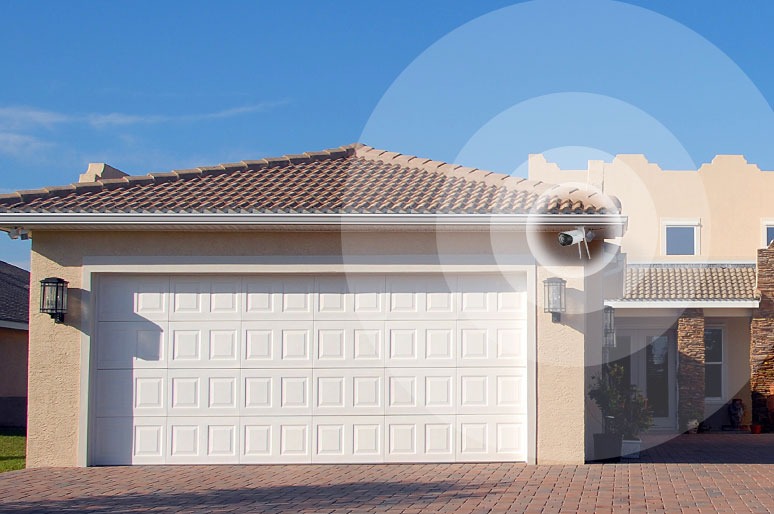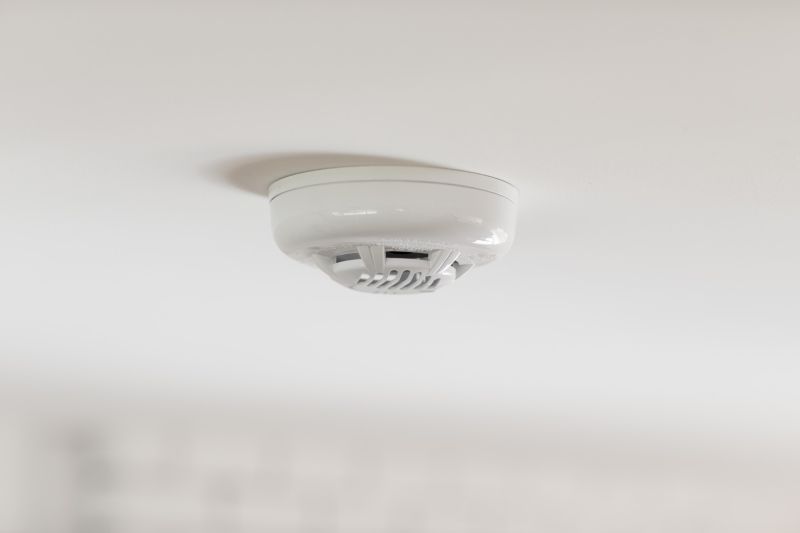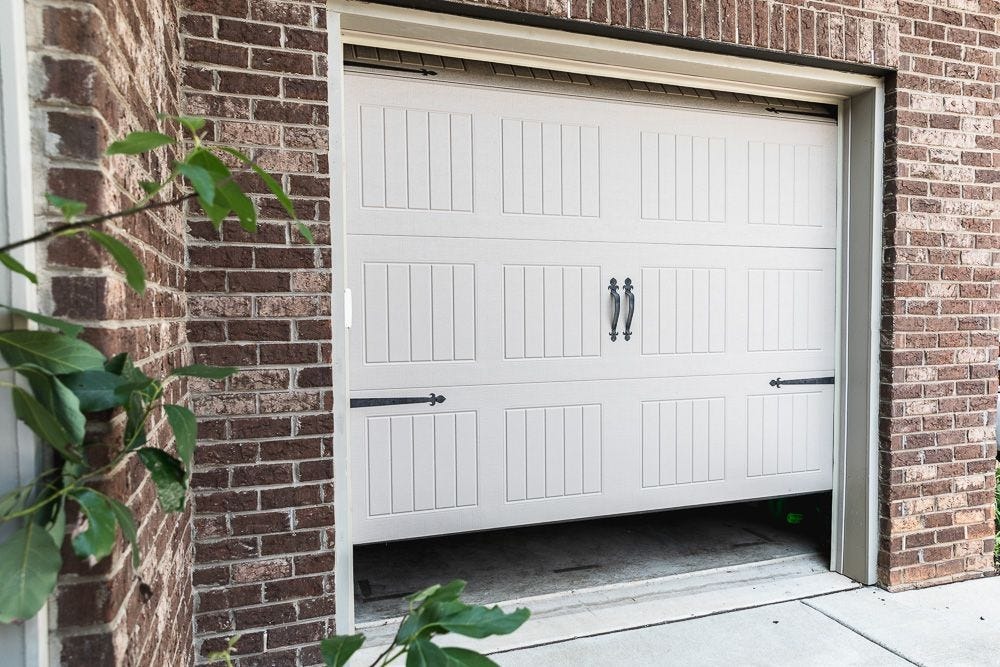It seems like more of us are paying attention to home security these days. Americans seem to be making a more concerted effort to protect themselves against burglary, home invasion, and even the potentially deadly effects of fire and carbon monoxide poisoning. But I wonder how many of us stop to consider the garage when coming up with an overall security strategy.
The garage is an extension of one’s home. Whether it is attached or detached, it comes with its own security concerns. Therefore, a comprehensive security strategy designed to protect against the maximum number of threats should include steps to make the garage more secure.
A Big Display Area

Source: reolink.com
One of the first things that comes to mind when talking about garages and home security strategies is the fact that so many homeowners use their garages as storage rather than places to park the car. That is not a problem in and of itself. The problem is leaving the garage door open when it should be closed.
An open door makes the garage one big display area. Anyone walking or driving by can take a quick peek to see what you have. Do not think it doesn’t happen. People who have no compunction against breaking in and stealing from you also have no problem looking into your garage. A burglar who feels your garage is worth a second look after quickly driving by might double back and stop in. He might pretend to be a salesman or looking for some phantom person in order to get a closer look.
Vivint, known nationwide as a smart home and home security provider, recommends installing an automatic garage door controller with smart features. It can be programmed to close the door after a certain amount of time. It can also be configured to close the door when you lock the other doors in your house.
An Entry Into the Home
If your garage is attached to your house, there is most likely a door connecting the two. Guess what that makes your garage? An entry into the home. Given the choice between entering through the front door and getting in through the garage because the overhead door was left open, some burglars are going to choose the garage entrance.
Unfortunately, builders don’t tend to put heavy duty exterior doors in the entryway from house to garage. They prefer less sturdy doors with the assumption that a secure garage doesn’t require a heavy-duty entryway door. That is all well and good as long as a homeowner keeps the overhead door down and locked. Otherwise, that cheap entry door becomes a vulnerable point for criminals.
Anyone with an attached garage should consider installing a heavy-duty exterior door between home and garage space. The door should be equipped with a deadbolt as well. That way, a thief getting into the garage will not get any further.
Stealing From a Detached Garage
Owners of detached garages don’t face the same kinds of threats, but that does not mean their garages are unattractive to thieves. A thief bent on stealing whatever he can get his hands on will be happy to enter a detached garage to take a bicycle, an edge trimmer, sporting equipment, or anything else that can be easily sold on the street.
The fact is that thieves are not picky. They will steal anything that could translate into money in their pockets. Furthermore, detached garages are sometimes attractive because they are separate structures. Burglars can break in without drawing any attention to the main house.
Fire and Carbon Monoxide Risks

Source: nytimes.com
All the security risks that come with garages aren’t related to burglary and home invasion. Homeowners also need to consider risks associated with fire and carbon monoxide leaks. To address this point, let us talk about the attached garage first.
Local building codes tend to require a layer of fire-resistant drywall (a.k.a. fireboard) on any walls shared by home and garage. Even if local codes don’t require it, fireboards are still a good idea. It doesn’t cost much and it’s fairly easy to install.
Preventing fires in the garage is another consideration. Homeowners should be careful to store gasoline and other flammable liquids properly. They should be incredibly careful about power lines, electrical outlets, etc. Flammable liquids should never be stored near anything that could potentially throw a spark.
Detached garages do not require any type of fire-resistant drywall. But all the other principles apply. Being careful with electricity and flammable liquids eliminates most of the causes of garage fires.
Garages and Carbon Monoxide
Both attached and detached garages are at risk of inadvertent carbon monoxide. Let us assume you park your car in your garage. The most important safety tip for you is to never leave the car running while it is inside – not even with the overhead door open. Otherwise, you risk serious injury or death.
Other things you should never do in your garage include:
- Using a gas grill or barbecue.
- Running a gas-powered generator.
- Operating a gas-powered heater.
Any piece of equipment that burns fossil fuels is off limits in your garage. Why? Because burning fossil fuels creates carbon monoxide. The thing about carbon monoxide is that it cannot be seen or smelled. A person can be quickly overcome by carbon monoxide without knowing what is happening.
A Word About Smoke and CO Alarms

Source: vivint.com
Speaking of smoke and carbon monoxide poisoning, the garage being a potential source of both suggests placing smoke and CO alarms just inside the entryway between house and garage (for homes with attached garages). Smoke and CO detectors offer advanced warning of a potential fire or CO leak in the garage.
Do you have a comprehensive security plan in place for your property? And if so, have you taken the garage into account? The garage comes with its own potential risks that homeowners need to consider. After all, it is just an extension of the main structure. It is part of the deal.


















